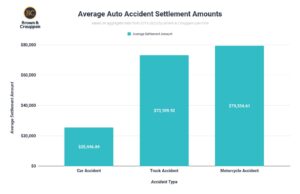LET’S TALK ABOUT SOME EXTRA COVERAGES THAT ARE AVAILABLE TO YOU:
Medical Payments Coverage –
More commonly known as “Med Pay”, this is an additional coverage that is most likely available to you through your insurance provider. Think of it as the auto insurance company covering the gaps that your health insurance does not cover. If you are in an accident and need to head to the ER by ambulance or medivac, these are not typically covered by health insurance, but are almost always covered by med pay. Although this is not mandatory, it is smart to have some coverage as it is pretty cost effective and covers you on the back end if an accident results in a hospital visit, emergency especially.
Uninsured Motorists Coverage –
In this instance, the insurance company will cover the gap if you are involved in an accident with someone who does not have any insurance.
Underinsured Motorists Coverage –
This type of policy covers you if you are in an accident and the other party involved is “underinsured”, meaning they don’t have coverage to cover the damages. This is not mandatory but a good idea to have as a good percentage of drivers have liability only and the limits are almost always too low to cover the damages.
NEXT STEPS:
If you’d like to know anything else about these types of policies, what they cost, and if they are available to you, just contact your insurance agent to get more details. In any instance, it is better to be over protected than not at all!
Check out our roundtable discussion of this topic –







